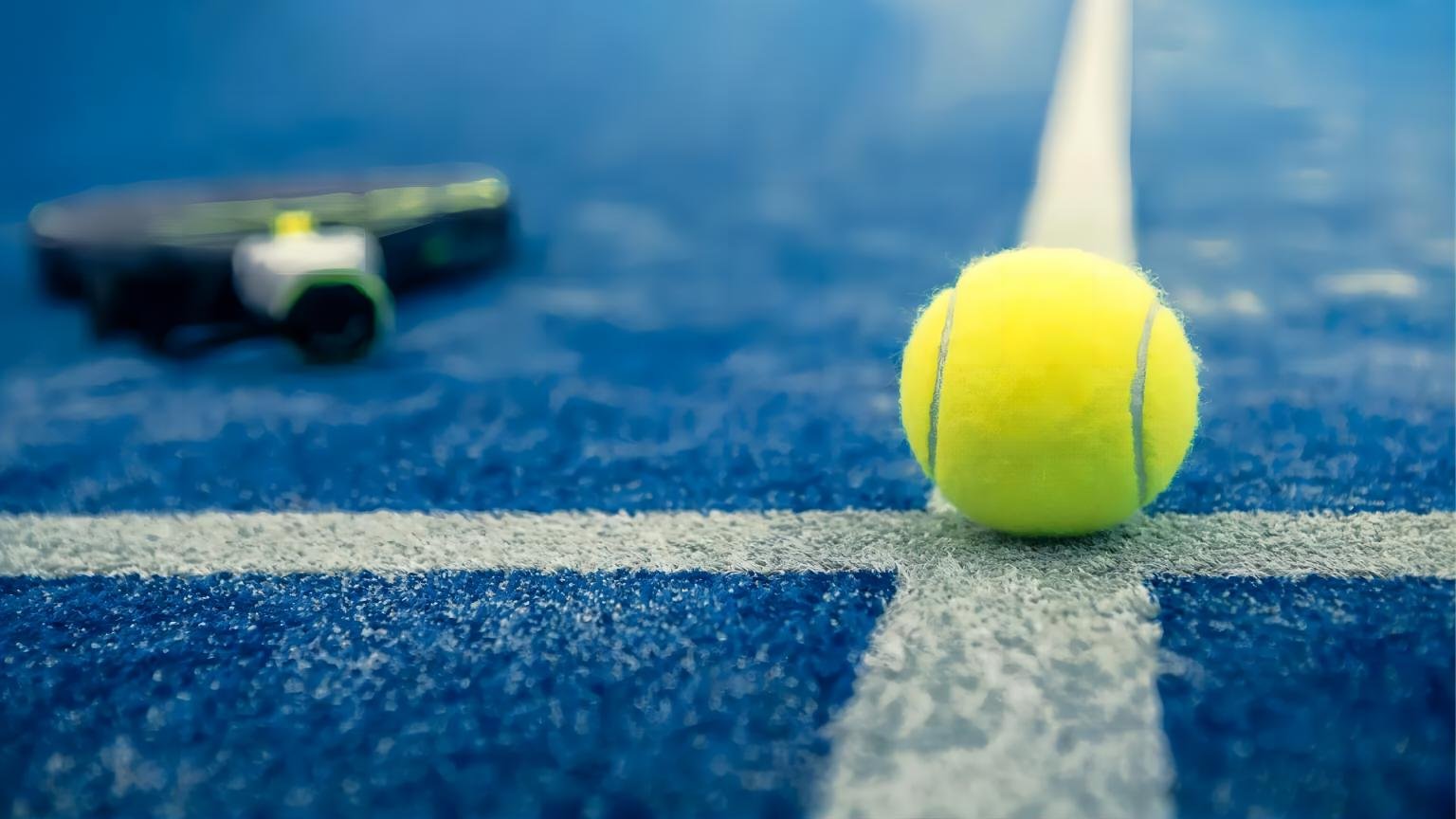Padel, a dynamic blend of tennis and squash, is swiftly gaining popularity worldwide. With Padel courts cropping up across the globe, it’s vital to understand the game’s core rules before stepping onto the court. In this guide, we’ll explore the fundamental rules of Padel, ensuring you’re ready for an exciting time on the court.
- Court Basics
Padel is typically played on a court measuring 20m in length and 10m in width, with a net in the middle. Surrounded by walls, the court allows players to bounce the ball off them during rallies. While Padel is often played in doubles, singles matches are also common, albeit with players strategically positioned due to the court’s size.
- Serving
The serve is a critical aspect of Padel, with specific rules to follow. Serving is done underhand, with at least one foot on the ground. The serve must land in the diagonal service box on the opposing side, requiring a bounce before being returned, similar to tennis.
- Scoring
Scoring in Padel follows similar conventions to tennis but with some variations. Matches can go to Deuce, or a “short game” format where the next point wins. If the score reaches 5-5, a tiebreaker is played to 7 points. Points are earned by hitting the ball over the net and landing it within the court boundaries. If the ball hits the net before crossing over, it’s still in play.
- Playing the Ball
In Padel, players can use the walls, but there are specific rules. If the ball hits the wall before bouncing, it’s considered out. If it bounces off the wall after hitting the ground, it’s still in play. However, if the ball hits the wall before bouncing off the ground, it’s a fault.
- Faults and Lets
Several actions can result in faults during a Padel match. Striking the ball out of bounds, into the net, or against the wall without bouncing are all faults. Hitting a player with the ball also counts as a fault. Sometimes, a “let” is called for a replay due to external interference, such as stray balls or players crossing the court.
- Etiquette
Respect for opponents and adherence to the game’s rules are essential in Padel. Integrity is key—avoid cheating and disputes with the umpire. Most importantly, enjoy the game and uphold good sportsmanship.
Mastering the rules of Padel sets the stage for an exciting and enjoyable experience on the court. With these guidelines in mind, you’re ready to embrace the thrill of Padel while fostering camaraderie within the sporting community.


Featured Padel Court Kits
CoreX
A foundational padel court with balanced performance and cost-effectiveness. Perfect for clubs seeking reliable quality.
Pro
Same appearance as Classic, with enhanced durability.
SuperVision
Super panoramic view for an immersive experience.